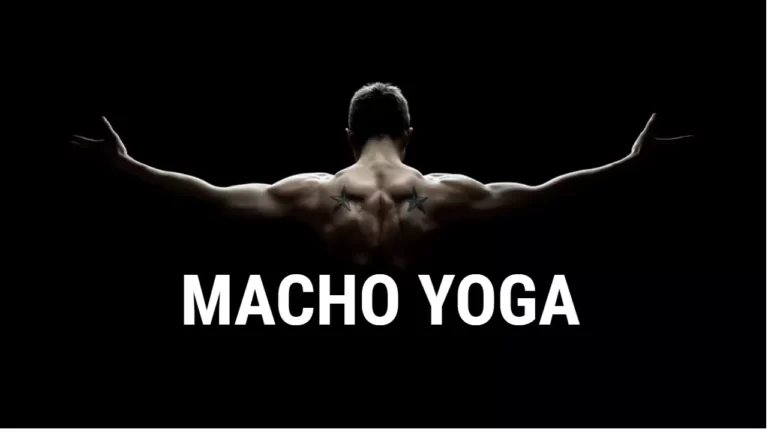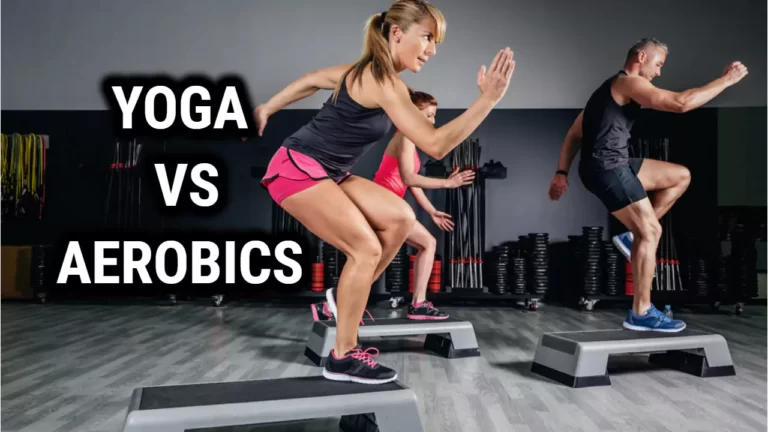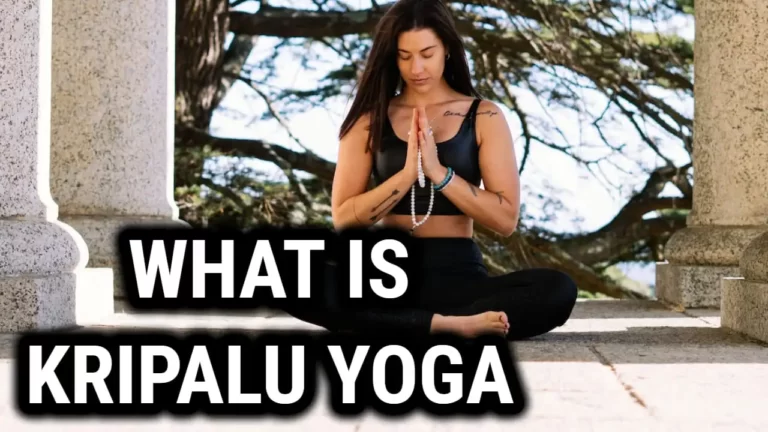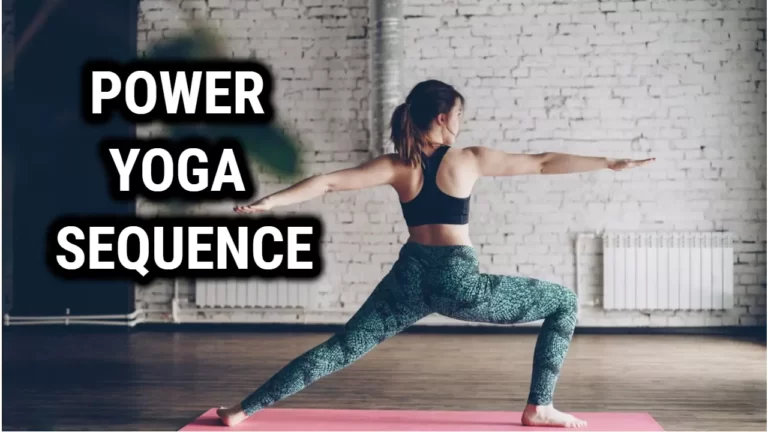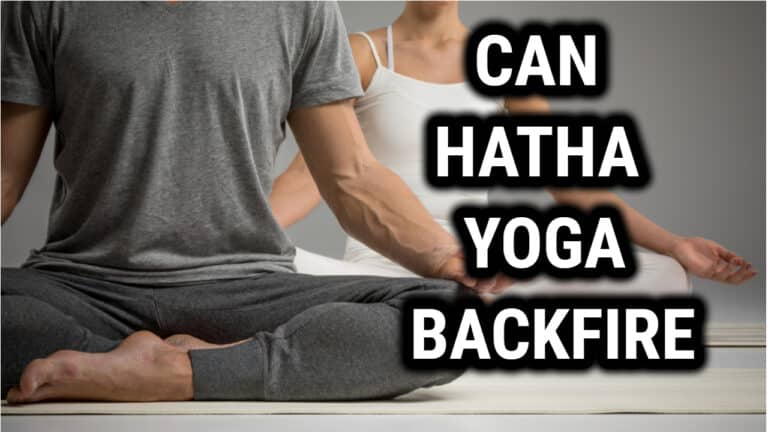Partner Yoga Poses – Discover The Power Of Partner Yoga
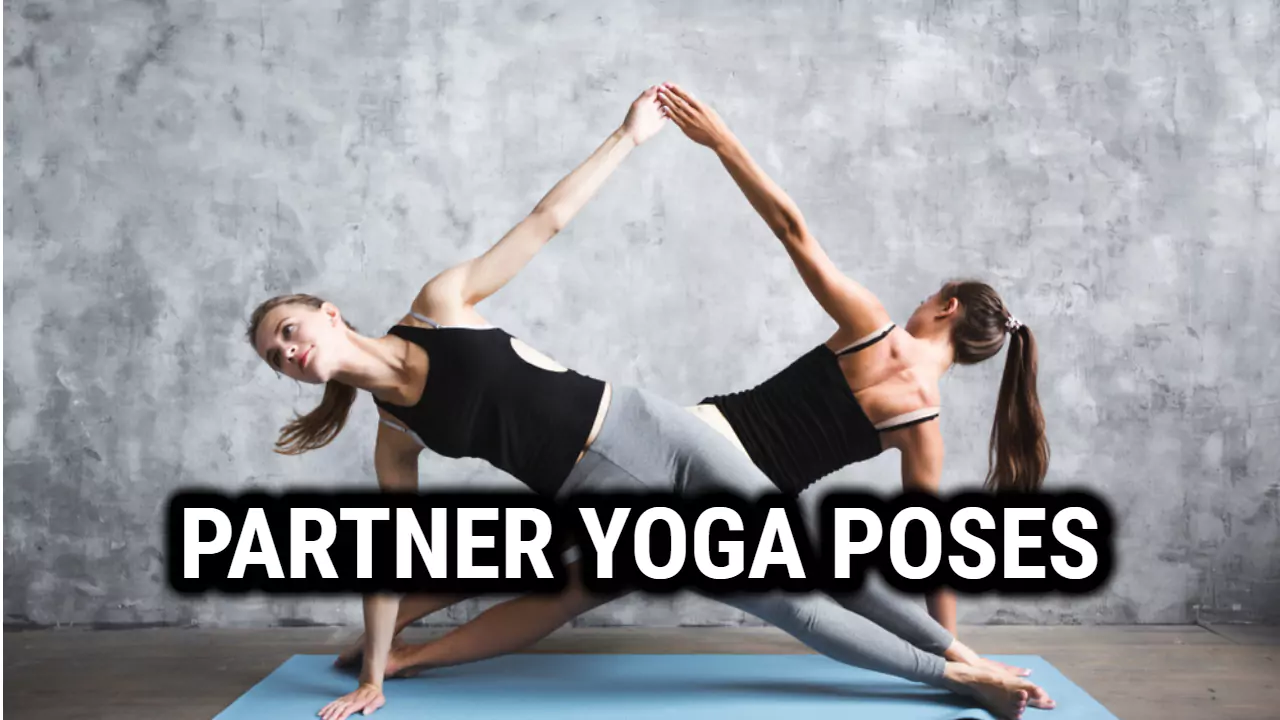
Partner yoga is a practice that involves two people working together to perform yoga poses. It is a great way to deepen your connection with your partner or friend, while also improving your physical and mental health. Partner yoga can be practiced by people of all ages and skill levels, and there are many different poses to try.
Partner yoga poses require communication, trust, and cooperation between partners. They can help to build strong relationships, increase intimacy, and improve overall well-being. Partner yoga also allows for a deeper stretch and can help to improve flexibility, balance, and strength.
If you are looking for a fun and challenging way to improve your yoga practice, partner yoga may be just what you need. In this article, we will explore the power of partner yoga and share some of the best partner yoga poses to try with your loved one or friend.
Benefits of Partner Yoga
Partner yoga is a fun and engaging way to deepen your yoga practice while building a stronger connection with your partner. Here are some benefits of practicing partner yoga:
- Improved communication: Partner yoga requires you to communicate with your partner to coordinate movements and maintain balance. This can improve your communication skills and strengthen your relationship.
- Increased trust: Partner yoga poses require you to trust your partner to support you and keep you safe. This can help build trust in your relationship and improve your ability to rely on each other.
- Enhanced physical awareness: Practicing partner yoga can help you become more aware of your body and your partner’s body, which can improve your balance, flexibility, and coordination.
- Deeper stretches: Partner yoga poses can help you achieve deeper stretches than you might be able to on your own. Your partner can gently assist you in reaching your full range of motion, helping you achieve a deeper stretch.
- Improved intimacy: Partner yoga can help improve intimacy and strengthen your emotional bond with your partner. Being physically close and working together to achieve a common goal can increase feelings of closeness and connection.
Overall, partner yoga can be a great way to strengthen your relationship while improving your physical and emotional health. Give it a try and see how it can benefit you and your partner!
Partner Yoga Poses for Beginners
Partner yoga can be a fun and rewarding way to deepen your yoga practice and connect with others. If you’re new to partner yoga, it’s important to start with simple poses that allow you to build trust and communication with your partner. Here are a few beginner-friendly partner yoga poses to try:
1. Seated Forward Bend
Begin seated facing your partner with your legs extended in front of you. Reach forward and clasp hands with your partner. On an inhale, lengthen your spine, and on an exhale, fold forward, pulling gently on your partner’s hands to deepen the stretch. Hold for a few breaths before releasing.
2. Double Downward Dog
Partner A will start in downward-facing dog while Partner B stands behind them. Partner B will place their hands on Partner A’s lower back and slowly walk their feet up Partner A’s back until they are in a handstand position. Hold for a few breaths before switching roles.
3. Seated Twist
Sit back-to-back with your partner with your legs crossed. On an inhale, lengthen your spine, and on an exhale, twist to the right, placing your left hand on your right knee and your right hand on your partner’s left knee. Hold for a few breaths before switching sides. Remember to communicate with your partner throughout the practice and always respect each other’s boundaries. With practice, you’ll be able to explore more complex poses and deepen your connection with your partner.
Intermediate Partner Yoga Poses
If you have already mastered the basic partner yoga poses, it’s time to move on to intermediate poses. These poses require more trust, communication, and balance between partners. Here are some intermediate partner yoga poses you can try:
- Double Boat Pose: Sit facing each other with your knees bent and feet flat on the floor. Hold each other’s hands and lift your feet off the ground, straightening your legs to form a “V” shape. Keep your backs straight and balance on your sit bones.
- Warrior 2 Pose: Stand facing each other with your feet wide apart. One partner lifts their arms overhead and turns to the side, while the other partner holds their hands and leans back, stretching their arms and chest.
- Double Downward Dog: Start in a downward dog pose facing each other. Walk your feet towards each other until they touch, then lift one foot off the ground and rest it on your partner’s hip. Hold for a few breaths, then switch sides.
Remember, these poses require more trust and communication between partners. Take your time, communicate with each other, and don’t push yourself too hard. If you feel uncomfortable or unstable, come out of the pose slowly and try again later.
Partner yoga is a great way to deepen your connection with your partner, build trust, and improve your balance and flexibility. By practicing these intermediate partner yoga poses, you can take your practice to the next level and enjoy the benefits of partner yoga together.
Advanced Partner Yoga Poses
If you’re looking for a more challenging partner yoga practice, here are some advanced poses that require strength, balance, and trust:
| Pose | Description |
|---|---|
| Double Downward Dog | Start in Downward Dog with your partner facing you. Reach your right hand under your body and grab your partner’s left ankle. Your partner should do the same with their right hand and your left ankle. Hold for several breaths. |
| Partner Handstand | Stand facing your partner and hold hands. Lift your legs up as your partner supports you, and then switch roles. This pose requires a lot of trust and communication. |
| Double Pigeon | Sit back-to-back with your partner and cross your legs in front of you. Lean back into your partner as you both fold forward. This pose is great for stretching the hips and lower back. |
Remember to warm up properly before attempting these advanced poses and to always communicate with your partner throughout the practice. It’s important to listen to your body and not push yourself too far beyond your limits.
Partner yoga can bring a new level of connection and intimacy to your practice. Whether you’re a beginner or an advanced yogi, there are partner poses that can challenge and inspire you. Remember to approach your practice with an open mind and a willingness to trust and communicate with your partner.
Also Read: Prenatal Yoga Poses: Simple and Safe Ways to Support Your Pregnancy
Partner Yoga Sequence
Partner yoga is a beautiful way to deepen your connection with a loved one or friend while also enjoying the benefits of yoga. In this partner yoga sequence, we will explore a few poses that can help you build trust, communication, and intimacy with your partner.
Begin in a seated position with your backs against each other. Take a few deep breaths together, feeling the support of your partner’s back against yours. When you’re ready, begin to synchronize your breath, inhaling and exhaling at the same time.
Next, move into a gentle twist. Sit cross-legged with your right hand on your left knee and your left hand on your partner’s right knee. Inhale and lengthen your spine, then exhale and twist to the right, using your partner’s knee as leverage. Hold for a few breaths, then switch sides.
From the twist, move into a seated forward fold. Sit with your legs straight out in front of you, then reach forward and clasp hands with your partner. Inhale and lengthen your spine, then exhale and fold forward, using your partner’s hands to deepen the stretch. Hold for a few breaths, then release.
Finally, move into a supported backbend. Sit facing your partner with your legs crossed and your feet touching. Reach behind you and clasp hands with your partner, then begin to lean back together, using each other for support. Hold for a few breaths, then slowly release.
This partner yoga sequence is a beautiful way to connect with your partner and deepen your yoga practice. Remember to communicate with each other throughout the sequence and have fun!
Tips For Improving Your Practice
Partner yoga is a great way to deepen your practice and explore poses with a partner. To get the most out of your partner yoga experience, here are some tips on how to improve your practice and make the most of each pose.
First, it’s important to have clear communication with your yoga partner. Being open and honest about any physical limitations or injuries will help you both stay safe while practicing together. Make sure to discuss any modifications you may need before beginning a sequence or pose. Working together as a team will help create a strong connection between you and your partner.
Next, it’s helpful to focus on building trust with one another. Practicing simple partner poses builds trust and helps develop communication skills that can be used in more advanced poses as well. Partner yoga also requires you to be aware of each other’s body language and movements, so take time to observe what your partner is doing and adjust accordingly in order to maintain balance.
Finally, vary up your sequences by trying new poses regularly. Not only will this keep things interesting, but it’ll also give you the opportunity to explore different ways of using the support of a partner in various postures. With these tips in mind, you’re ready to start exploring the power of partner yoga!
Precautions and Safety Measures
Partner yoga can be a fun and rewarding experience, but it’s important to take precautions to ensure your safety and the safety of your partner. Here are some precautions and safety measures to keep in mind before starting your partner yoga practice:
- Choose a partner you trust: Partner yoga requires a high level of trust between partners. Choose a partner you trust and feel comfortable with.
- Communicate with your partner: Communication is key in partner yoga. Make sure you and your partner are on the same page about what poses you will be doing and any modifications that may be necessary.
- Start with beginner poses: If you’re new to partner yoga, start with beginner poses and work your way up to more advanced poses as you gain experience.
- Use props: Props such as blocks, blankets, and straps can help you and your partner achieve proper alignment and prevent injury.
- Take breaks: Don’t push yourself too hard. Take breaks when you need to and listen to your body.
By following these precautions and safety measures, you can enjoy the many benefits of partner yoga while minimizing the risk of injury.
Related Read: 10 Best Yoga Straps To Stretch Your Yoga Practice
Conclusion
Partner yoga is a unique form of yoga that can bring people closer together while also providing physical and mental benefits. Through communication, trust, and connection, partners can work together to achieve poses that they may not be able to do alone.
Partner yoga can also be a fun and playful way to spend time with a friend or loved one, while also challenging yourself physically and mentally. It is important to remember that partner yoga is not just about achieving the perfect pose, but also about the journey and the connection between partners.
Whether you are a beginner or an experienced yogi, partner yoga can offer a new and exciting way to practice yoga. With a variety of poses to choose from, partners can find a pose that suits their level and goals.
Remember to always communicate with your partner and listen to your body. If a pose feels uncomfortable or painful, it is important to adjust or come out of the pose. Partner yoga is about working together to achieve a common goal, but it is also about respecting each other’s boundaries and limitations.
Overall, partner yoga is a great way to deepen your practice, build trust, and connect with others. Give it a try and see how it can enhance your yoga journey.
